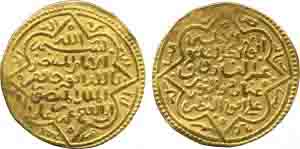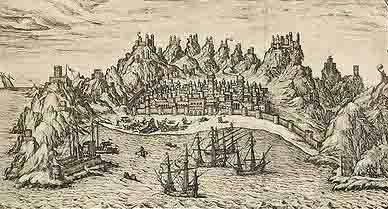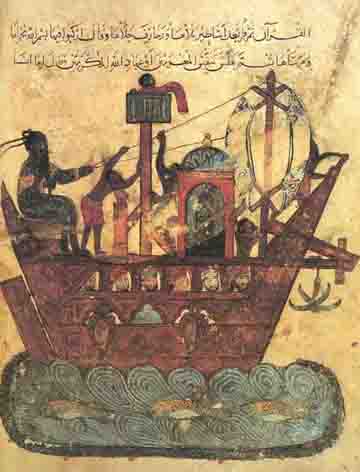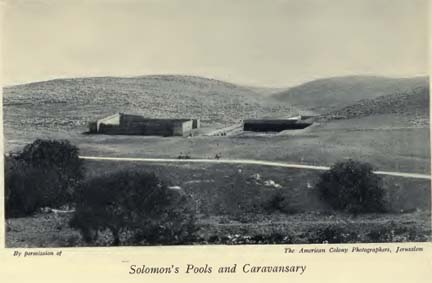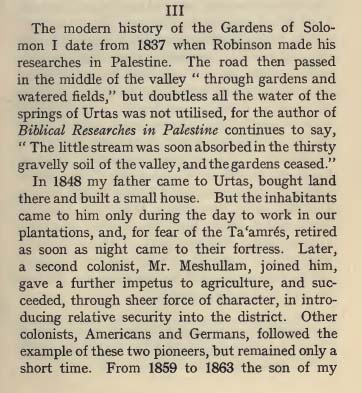
In 2010 I had the privilege of participating in an international conference in Vienna on camels (not on camelback, of course). A book from this conference has now appeared. This is: Eva-Maria KNOLL – Pamela BURGER, editors, Camels in Asia and North Africa. Interdisciplinary Perspectives on their Past and Present Significance. 2012, 290 p., with 26 articles, 33 graphs/maps, 111 pictures, and an index. My article is on what camels eat, for which I have created a website.
Here is how the editors describe the book:
Humanity’s history is closely linked to those of camels. Without these remarkable animals we could not have inhabited the arid zones of Asia and North Africa, nor could we cope with today’s challenges of increasing desertification. Researching interactions between humans and camels therefore has been established at the Austrian Academy of Sciences ever since its foundation more than 160 years ago. The present publication is committed to this research tradition. This book assembles insights upon current and historical interactions between humans and camels. Thereby it is international and interdisciplinary from the outset and aims at intensifying a camel-related knowledge exchange between the natural sciences and the humanities. The here presented discussions of Old World camels (dromedary, Bactrian, wild camel) include such diverse topics as camel origin, domestication, breeding, raising and commerce. Moreover, camels’ significance is also discussed regarding socio-cultural and economic factors, music, folk medicine and veterinary medicine, as well as saving the last remaining wild camels. With an afterword by Richard W. Bulliet (New York), one of the world’s leading authorities on the camels’ history.

